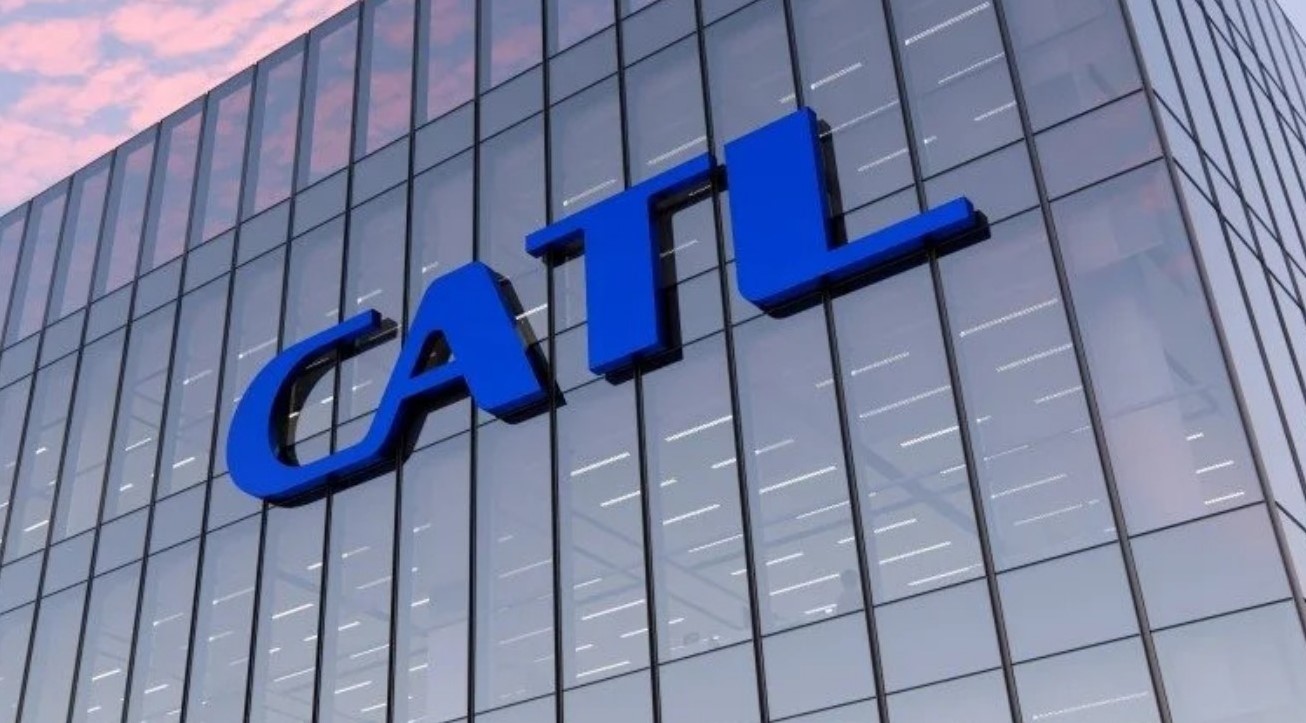Contemporary Amperex Technology Co. Limited (CATL), the world’s largest EV battery manufacturer, has announced several significant technological advancements that may influence the next phase of electric vehicle development. At its latest event, CATL unveiled three new battery solutions: the Shenxing PLUS, the Naxtra sodium-ion battery, and the Freevoy dual-chemistry pack.
Naxtra: Commercializing Sodium-Ion Technology
CATL introduced the Naxtra battery as its first sodium-ion battery ready for mass production. The Naxtra achieves an energy density of approximately 175 Wh/kg and can complete over 10,000 charge-discharge cycles. Sodium-ion chemistry offers benefits such as greater raw material availability, lower costs, and superior performance in cold climates compared to lithium-based batteries.
In contrast, BYD has not yet announced a mass-market sodium-ion battery. CATL’s Naxtra places it ahead in diversifying chemistries to reduce reliance on critical minerals like lithium and cobalt, which remain volatile in price and supply.
Shenxing PLUS: Ultra-Fast Charging LFP Battery
The Shenxing PLUS battery builds on CATL’s lithium iron phosphate (LFP) platform. It offers a 1,000 km range and can add approximately 520 km of range with a five-minute charge, enabled by a 4C ultra-fast charging rate. The battery also maintains strong low-temperature performance, achieving 80% charge within 15 minutes even at -10°C.
Compared to BYD’s current Blade LFP batteries, which offer excellent thermal stability but slower charging rates, CATL’s Shenxing PLUS shows faster charging capabilities while maintaining similar safety advantages. Notably, Shenxing PLUS achieves an energy density of 205 Wh/kg, crossing the 200 Wh/kg threshold for LFP chemistry, a milestone that enhances competitiveness against higher-energy-density nickel-rich chemistries.
Freevoy: Dual-Chemistry Battery Pack
The Freevoy battery combines lithium-ion and sodium-ion cells within the same battery pack. This hybrid configuration allows energy management optimization — lithium cells provide high energy density, while sodium cells support cost reduction and performance stability.
This dual-chemistry approach aims to serve the plug-in hybrid (PHEV) and extended-range EV (EREV) markets. BYD currently focuses on LFP and ternary chemistries across its portfolio but has not introduced a comparable dual-chemistry battery solution.
Implications for the EV Industry
CATL’s announcements suggest several near-term impacts:
- Reduced Charging Downtime: The Shenxing PLUS could significantly lower EV charging times, improving convenience and reducing the need for extensive charging infrastructure upgrades.
- Cost Stabilization: Naxtra sodium-ion technology could help mitigate future battery costs, especially as demand for lithium grows.
- New Hybrid Battery Designs: Freevoy’s dual-chemistry pack introduces a new modular approach to EV and hybrid battery design, offering flexibility in performance and cost targeting.
Additionally, CATL’s progress may accelerate competition with BYD and other battery makers globally, encouraging faster innovation cycles and potentially reshaping supply chain strategies to favor sodium and mixed chemistries.
CATL’s latest battery technologies address key concerns around range, charging speed, material sourcing, and manufacturing flexibility. While BYD continues to lead in integrated vehicle-battery manufacturing and safety-focused LFP designs, CATL’s technical diversification places it in a strong position to shape multiple EV market segments — from mass-market vehicles to high-performance applications.
